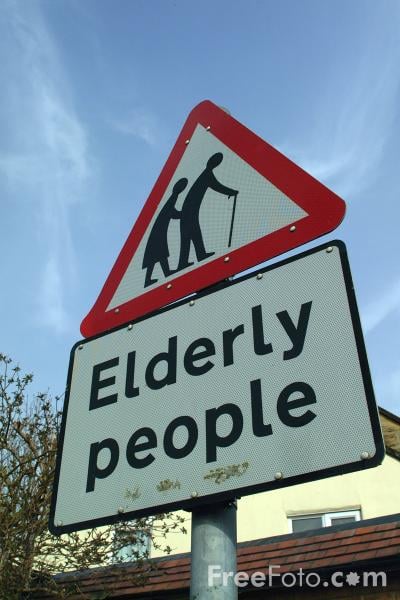In the New York Times review of A History of the Present Illness, Abigail Zugar noted that I write “lovely, nuanced description” and have joined “the ranks of those immortalizing the small, realistic retails of modern medical care.”
That was nice, but perhaps more interesting was the following comment: “[She] is at her best in the world of the much too old — the rooms where dyed hair grows out platinum white and small bodies lie in bed “the way a letter lies in its envelope.”
That comment is interesting because as a geriatrician, I easily could have written a collection of stories exclusively about older patients and the doctors who care for them.
But I didn’t.
This was in part because I wanted to capture health and doctoring more broadly, but also because I feared it would doom the book. Instead, I actively worked to include a range of ages and specialties, and most of the stories I took out – I have many more – were geriatrics focused.
Two events in recent months have confirmed my hunch. First, I attended a meeting of geriatricians at which there was lots of talk about changing the name Geriatrics. Why? Because of its negative associations.
People spoke about how they couldn’t raise money for their center or program until they changed the name from ‘geriatrics’ to ‘longevity’ or ‘healthy aging’. Longevity and healthy aging are both great things to strive for, especially in concert with one another, and we have made great progress in both arenas in the last several decades. Unfortunately, they are not the reality for many millions of older Americans or for most of those who live into extreme (medically or chronologically or both) old age.

Equally important, it’s very hard for me to imaging that the pediatricians, the medical specialty with a focus and label most like that of geriatricians, ever sit around discussing changing their name because they are associated with children.
So this is about ageism and fear and denial and avoidance, and I totally understand and sympathize with the last three of those four, but we can’t keep feeding the ugly beast that is the first one.
In the same conversation, people threw out new names such as ‘transitionalists’ and ‘multi-morbidity specialists’, but younger people can have multiple chronic diseases and transition among different sites of care. And while we have skills and systems that would help our colleagues take better care of those patients, that’s not what we do or who we are.
As the health services researcher (and my UCSF colleague) Ken Covinsky likes to say: we love old people. I know I do. I never intended to specialize in geriatrics; I fell in love with it. To remove the ‘old’ from our job description is crazy.
Geriatrics is taking care of old people, and most of us do this work with tremendous pleasure and pride and satisfaction, so it strikes me as tragic that we are in a position where we feel the need to consider defining ourselves otherwise.
Which brings me to the second recent event relevant to this discussion: As I was practicing reading selections from the book for my book tour, my friends and family universally nixed several of the more ‘geriatric’ selections, though they said they were powerful, important and beautifully written.
Why? It was the same story – the passages were too dark, too depressing, too upsetting.
So once again, the truth about extreme old age is getting buried, even though the same feelings that make this necessary are the ones that keep us as a society from dealing with the many, pressing challenges of aging and the current, escalating workforce crisis and, most importantly, with the untold suffering of the very old among us.

